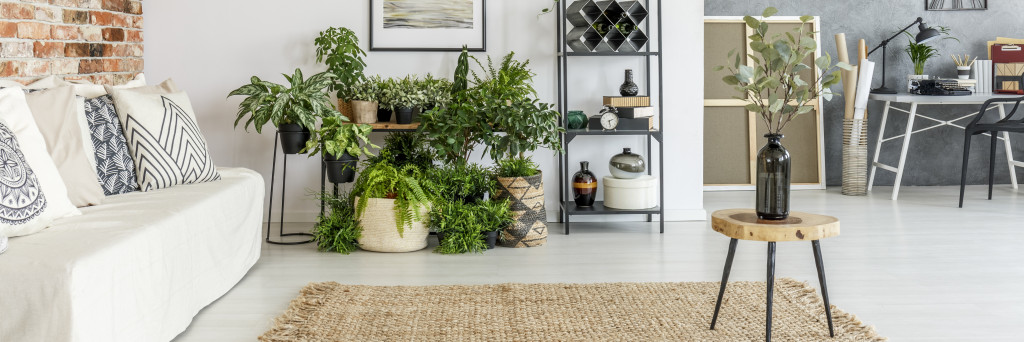Thanks to the popularity of careers in telecommuting, more people are shifting to remote or home-based work. However, finding a functional workspace inside a home can be difficult for some. People need a comfortable and quiet space to focus on their tasks. These are vital in increasing their daily output and productivity. Here are some pointers for planning a home workspace:
Find your space
The first step to planning a home workspace is to find your space. First, identify an ideal area where you can concentrate on your work. It should be away from high traffic areas such as the living area, dining room, and kitchen. Once you’ve found a suitable space, check for possible distractions.
It can be, and not limited to, pets, high vehicle traffic, a television (unless you need it for work), and neighbors. Do not worry because there are ways to help minimize distractions. When in doubt, consult a general contractor. Utah has experienced home office contractors who can be of help. Also, a contractor can help maximize your home office to accommodate meetings with colleagues or clients.

Make the space yours
After finding a suitable area for a home office, the next step is to make it your own. Your goal is to make this space as comfortable as you can to support your productivity. Consider the layout and office equipment needed for your home office. It should also be functional to minimize distractions, such as the need to stand up just to get a sheet of paper or a pad of Post-Its.
Place everything you need within arm’s reach and make sure to hide electrical wires and cords. These are tripping hazards. If you want to make the space more personalized, add color splashes to help relax your mind while on a break. Put your favorite sports memorabilia, a toy collection, or a family picture on your desk. If these will make you smile while at work, then your home office space is truly yours.
Create a healthy workplace
Although you are working from the comforts of your own home, you still need to promote health within your workspace. Eye fatigue and repetitive strain injuries (RSI) are some of the health hazards you might face while telecommuting. Worker compensation benefits cover these injuries.
The best way to avoid these telecommuting-related injuries is to follow proper ergonomics. Pick an office chair and guest chairs with excellent lumbar support. Buy mousepads and footrests that help relieve stress on the joints and muscles.
Proper lighting is also essential as it helps prevent headaches associated with migraine. Natural light is the best remedy, but if your selected space has no access to natural light, install full-spectrum light bulbs to mimic natural light.
Overall, your new workspace should inspire you to work efficiently. It should be a unique haven where you can foster creativity and career growth. Make your home office your own. We hope that these strategies will help you design a functional, relaxing, and healthy home office.





